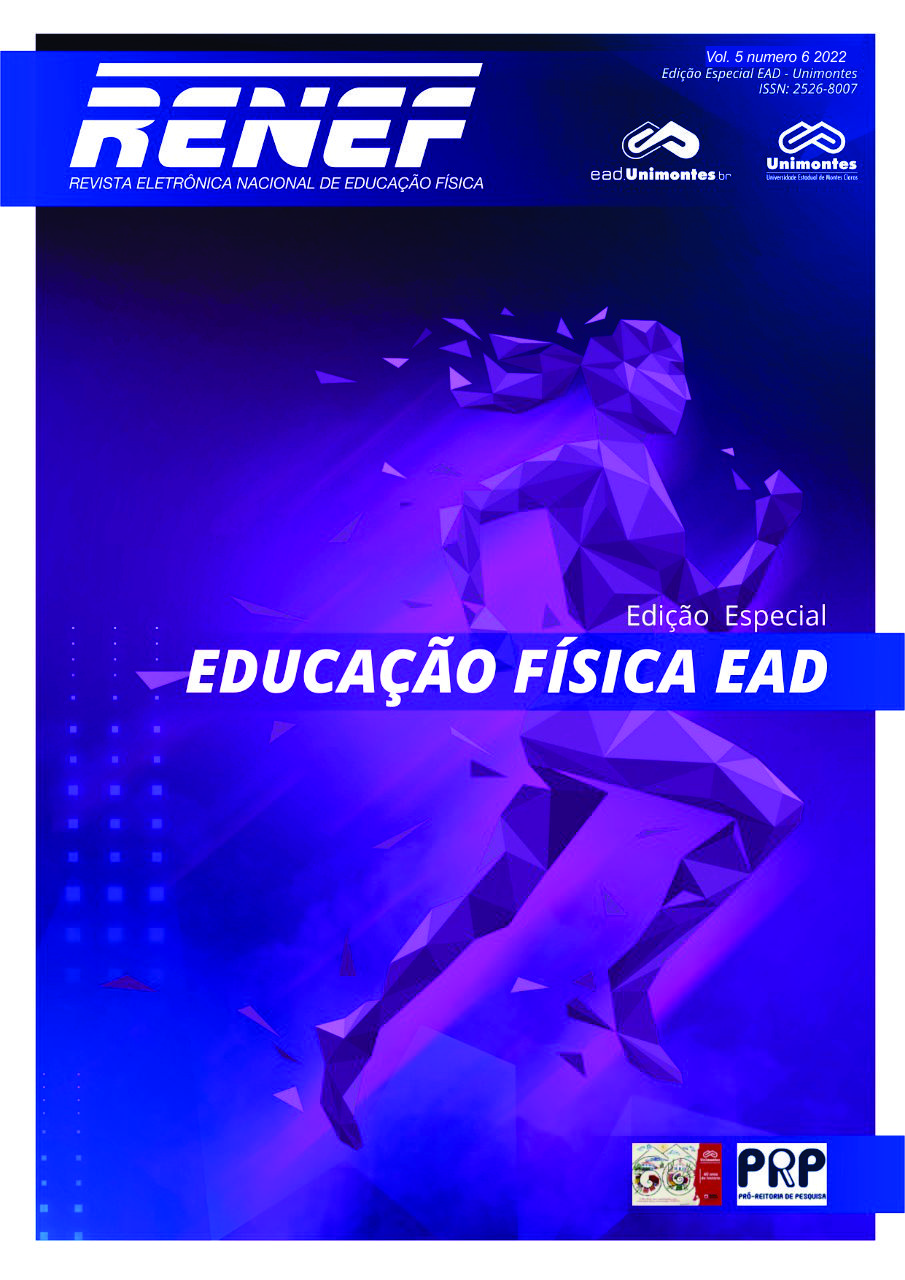TheImportanceOfPlaying In PhysicalEducationClasses
Keywords:
Physical Education. Games. Playful.Abstract
It is through playful experiences that the child knows and recognizes his own identity and perceives himself as unique, complex and individual. According to Garanhani (2002), in childhood the body in movement constitutes a basic matrix for learning gestures as meanings of learning. In this period, the child becomes a symbol that he can experience bodily, and his thought initially takes the form of action. By creating movements such as rolling, crawling, walking, running, observing, imitating, jumping, jumping, turning and playing pretend, the child builds meanings about the world, attributing new meanings to the elements of reality and defining their personal and collective identity , in a process of cultural production. With the status of a mandatory curricular component, Physical Education is an area that organizes, synthesizes, builds and produces knowledge based on pedagogical objectives and principles. Considering the school universe, this research understood the role of playfulness in child development through Physical Education classes. Bibliographic research was used with scientific analysis, Books, and Internet and teaching sites, with an application of a field of study of scientific articles, with a group of elementary school teachers from public networks. After the studies carried out, it was possible to perceive that playful children were developed in the process of children's growth, development and learning.
Downloads
References
ALMEIDA, Anne. Recreação: ludicidade como instrumento pedagógico. Cooperativa Fitness, jan. 2009. Disponível em: http://www.cdof.com.br/recrea22.htm. Acesso em: 5 dez. 2021.
BARBOSA, C. B. B.; SILVEIRA, S. H. P.; OLIVEIRA, J. E. C. de. Psicomotricidade e desenvolvimento humano. Efdeportes, ano 19, n.192, Buenos Aires, mai. 2014. Disponível em: http://www.efdeportes.com/efd192/psicomotricidade-e-desenvolvimento-humano.htm. Acesso em: 8 dez. 2021.
CANESTRARO, J. F.; ZULAI, L. C.; KOGUT, M. C. Principais dificuldades que o professor de Educação Física enfrenta no processo ensino-aprendizagem do Ensino Fundamental e sua influência no trabalho escolar, 2008. Disponível em: https://www.nucleodoconhecimento.com.br/educacao/educacao-fisica-e-atividade-ludica. Acesso em 11 dez. 2021.
CARNEIRO, M. A. B. O brincar hoje: da colaboração ao individualismo. Simpósio Internacional da OMEP. Campo Grande, julho de 2012.
KISHIMOTO, T. M. O jogo e a Educação Infantil. São Paulo: Pioneira,1994.
KISHIMOTO, T. M. (Org.): Jogo, brinquedo, brincadeira, e a educação. 4. ed. São Paulo: Cortez, 2000.
KRAMER, Sônia. Com a pré-escola nas mãos. São Paulo: Ática, 2000.
MANTOAN, I.; PIVOVAR, W.; KOGUT, M. C. A motivação dos alunos de ensino fundamental i nas aulas de educação física. In: EDUCERE - XII CONGRESSO NACIONAL DE EDUCAÇÃO, 12., 2015, Curitiba. Anais. Curitiba: 2015. p. 1 - 14. Acesso em: 10 dez. 2021.
OLIVEIRA, Z. R. de. Educação Infantil: fundamentos e métodos. São Paulo: Cortez, 2002.
PIAGET, J. A Formação do Símbolo na Criança: imitação, jogo e sonho. Rio de Janeiro: Zanar, 1978.
ZANLUCHI, Fernando Barroco. O brincar e o criar: as relações entre a atividade lúdica e o desenvolvimento da criatividade e educação. Londrina, PR: O autor, 2005.
Published
Versions
- 2022-07-29 (2)
- 2022-07-29 (1)





 English
English
 Español (España)
Español (España)
 Français (France)
Français (France)
 Português (Brasil)
Português (Brasil)

















